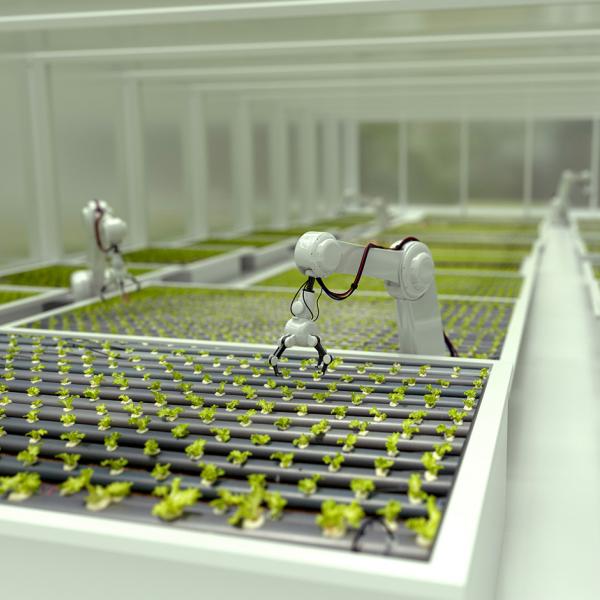
ANSTO will be participating in a new Industrial Transformation Training Centre established and funded by the Australia Research Council to advance the use of bioactive ingredients in Australia.
The leader of ANSTO’s Food Materials Science Project, Prof Elliot Gilbert, and the leader of food provenance projects, Dr Debashish Mazumder, are among a large number of investigators who will train and supervise students in the use of techniques to investigate bioactive ingredients.
Prof Alison Rogers of Macquarie University will act as Director of The Centre for Facilitated Advancement of Australia's Bioactives (FAAB), which will marshal the expertise of 28 investigators from universities, research organisations and industry partners to transform the rapidly growing bioactive ingredients sector.
The Centre has a comprehensive set of objectives that encompasses
- creating a flexible workforce able to undertake world-leading biotechnology research
- training researchers in regulatory requirements, keeping the whole bioingredient product cycle from research to sale within Australia
- enhancing the complexity, security, and profitability of Australian products,
- creating jobs
- developing new or improved products for biotechnology partner organisations using analytical methods
- increasing Australia's performance and reputation in advanced molecular analytical science and
- providing a collaborative forum for related industries.
Bioactives are compounds that are naturally present in food and could exert a beneficial or toxic effect when eaten. They are often claimed to have antioxidant, anti-inflammation, or antimicrobial properties or to enhance the growth of beneficial microbes.
Today, many consumer products containing these bioactives (such as amino acids, peptides and proteins, structured lipids, phytochemicals, plant extracts, fibres and speciality carbohydrates) make it to market with little scientific understanding of whether or why they work or even what aspects of a product might be relevant for its claimed activity.
Centre researchers will identify the active ingredients in complex mixtures within which claimed bioactives often occur, establish if and how they work, and understand how to control the molecules to enhance their therapeutic features.
ANSTO has many capabilities that can be applied to food research but the work of Gilbert on the relationship between structure and function in food using neutron scattering techniques is expected to be useful, particularly in assessing bioavailabilty.
“Even if you have a bioactive ingredient, it’s only effective if it can be accessed. If it’s trapped inside some other structure and can’t get out, it won’t work. Equally well, if it gets broken down before reaching where it needs to go, there may be some need to encapsulate it for protection so it can later be released in a controlled way. Irrespective, you need some other way of evaluating what is occurring and neutron scattering can do that,” explained Gilbert,
We can use small-angle neutron scattering on Quokka to look at such structures and measure the time in would take for a molecule to come out of its containment,” he added.
There is also a great deal of public interest in plant-based foods because they avoid the need to use animals as a food source. Fewer herd animals mean reduced carbon emissions in the environment.
“Our previous work on characterising plant-based proteins for meat substitutes as well as plant-based replacements for saturated fats is also quite relevant here.”
Dr Debashish Mazumder expects that ANSTO’s provenance work on a variety of foods can be helpful in the context of bioactives.
“Some natural traditional foods are high in bioactive ingredients, and we have the capabilities to confirm the geographical origin of those foods, which is important for branding authentication of Australia's bioactives in the global market,” said Mazumder.
“In our previous studies, we used isotopic techniques, X-ray fluorescence scanning, and modelling to determine how efficiently aquatic animals assimilate food and link the distribution of isotopic and elemental concentrations to a geographical area. These are directly related to the environment where the food grew."
The approach has significant potential to determine environmental and geographical influences that contribute to the bioactive ingredients in food, such as to benefit the development of insect meal for high-value seafood species in Australia.
ANSTO expects to facilitate access to other nuclear-based techniques that can contribute and introduce young scientists to their use.




